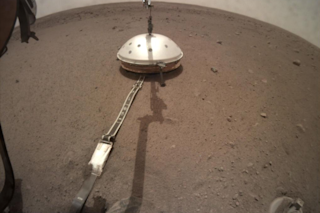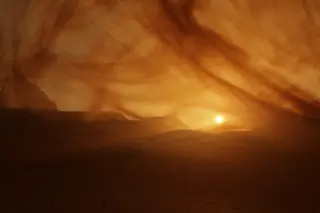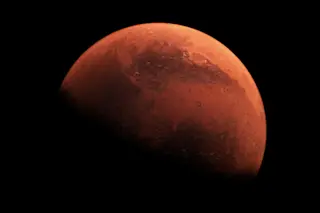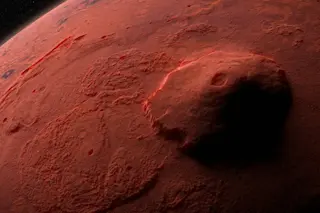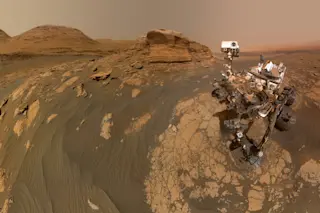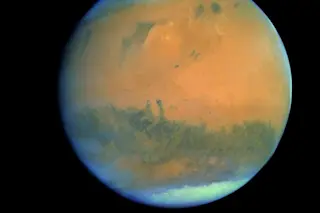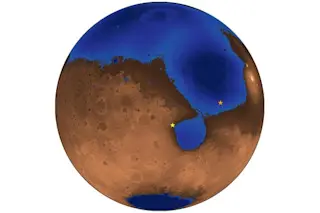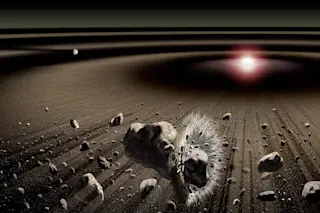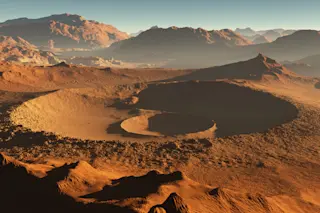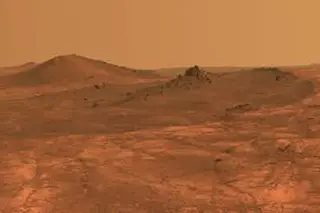NASA’s Mars InSight spacecraft landed on the Red Planet in November 2018. Scientists equipped the mission with a seismometer so they could learn how Mars releases seismic energy — that is, to get a feel for how the Red Planet rumbles. So far, InSight has recorded more than 100 seismic signals, and researchers are confident at least 21 of those are real marsquakes. But these quakes aren’t exactly what they expected to hear, and the findings have sparked intense curiosity about what lies beneath the dusty surface of Mars.
InSight caught its first likely marsquake on April 6. The tiny quake, which occurred during a lull between a gust of wind and NASA moving the lander’s robotic arm, looked a bit like quakes recorded on the Moon in terms of duration and size. But the signal was too small to reveal information about the planet’s deep interior. The way Mars ...


